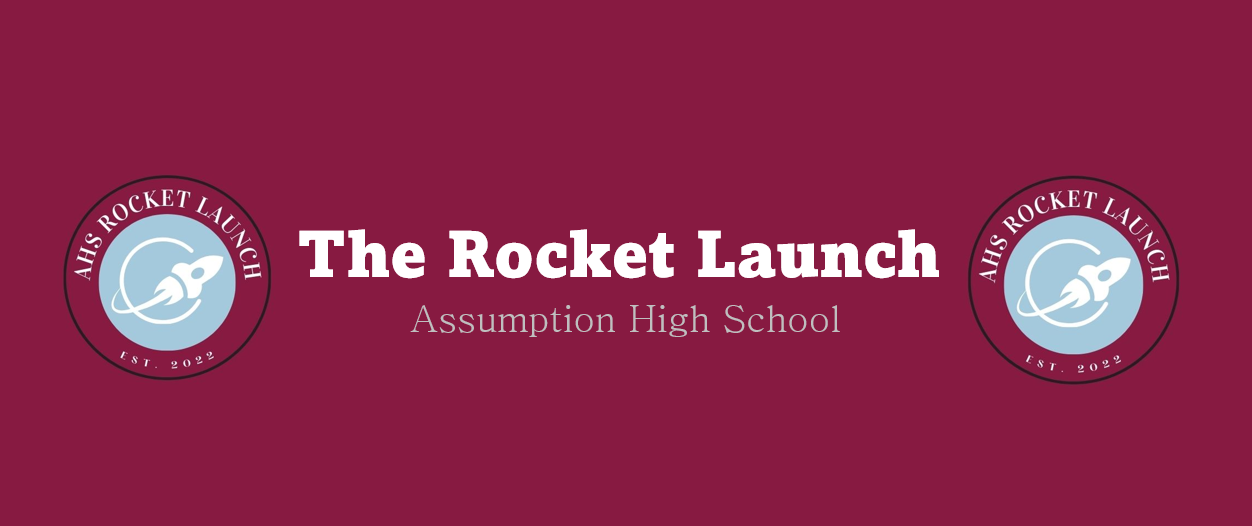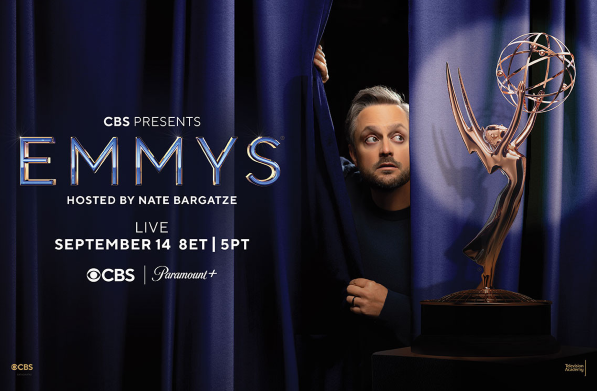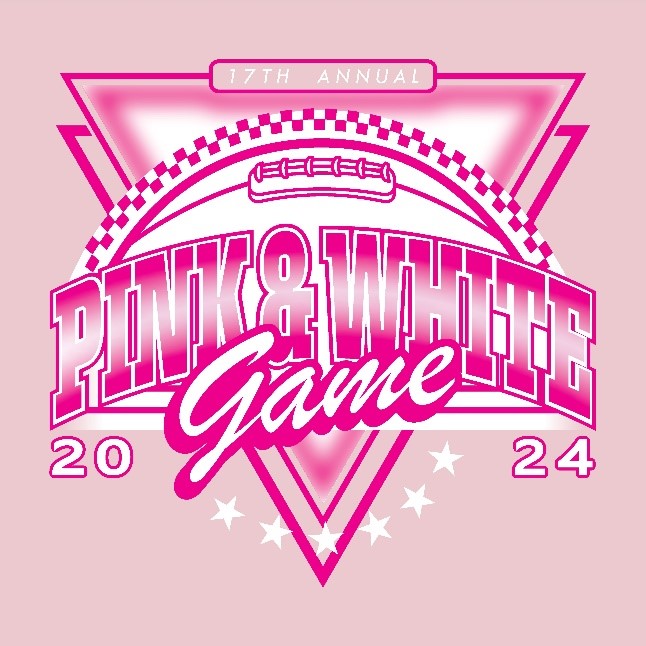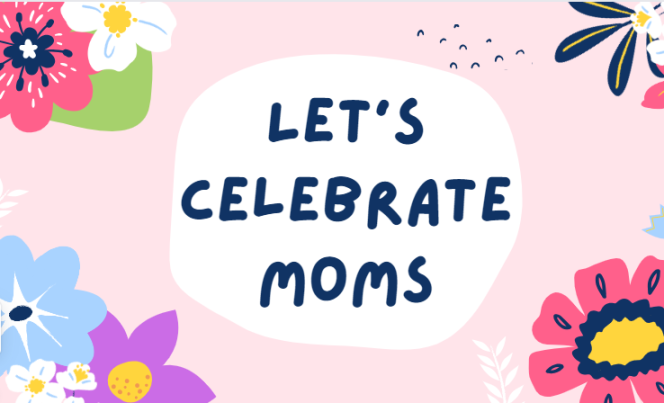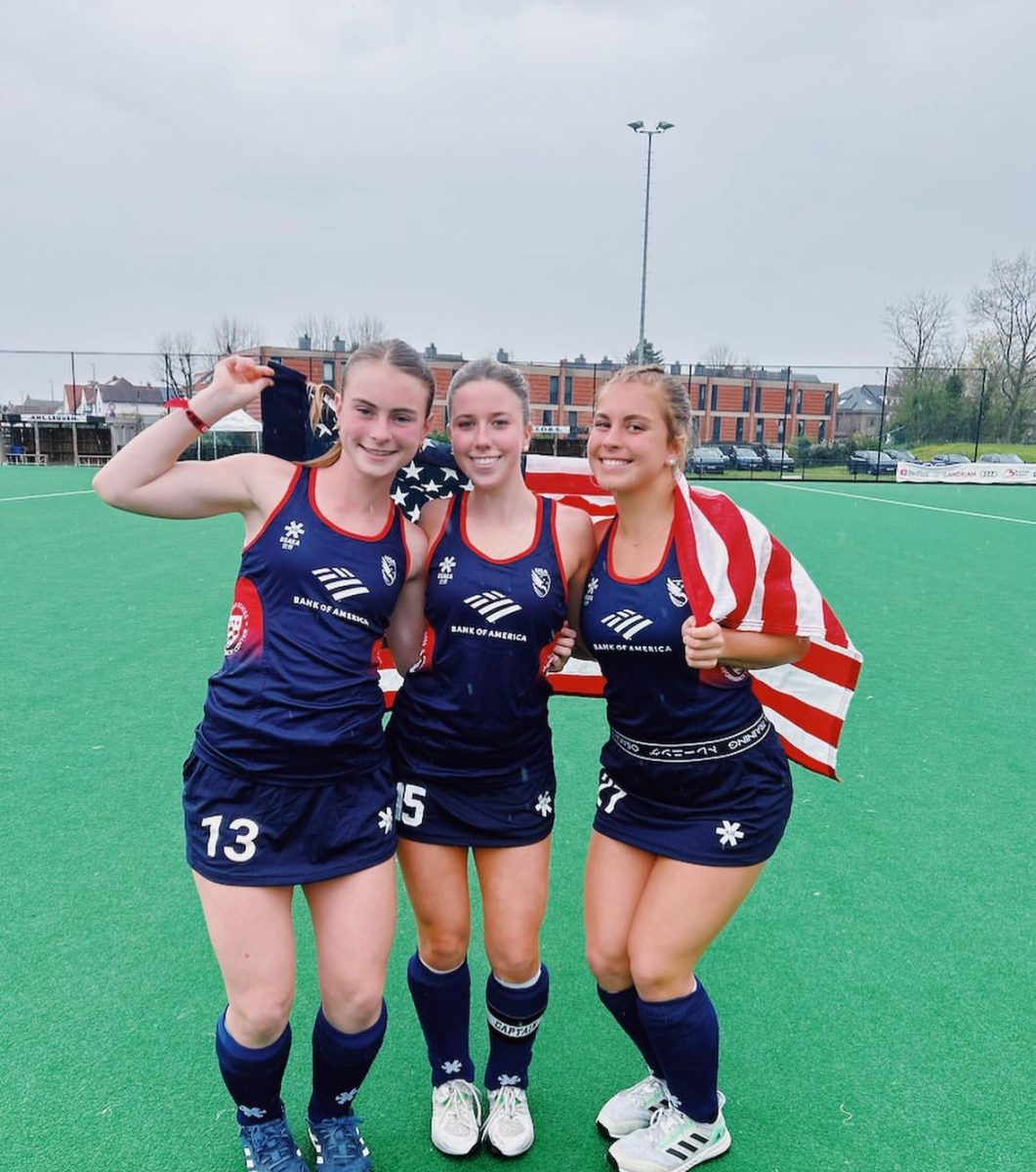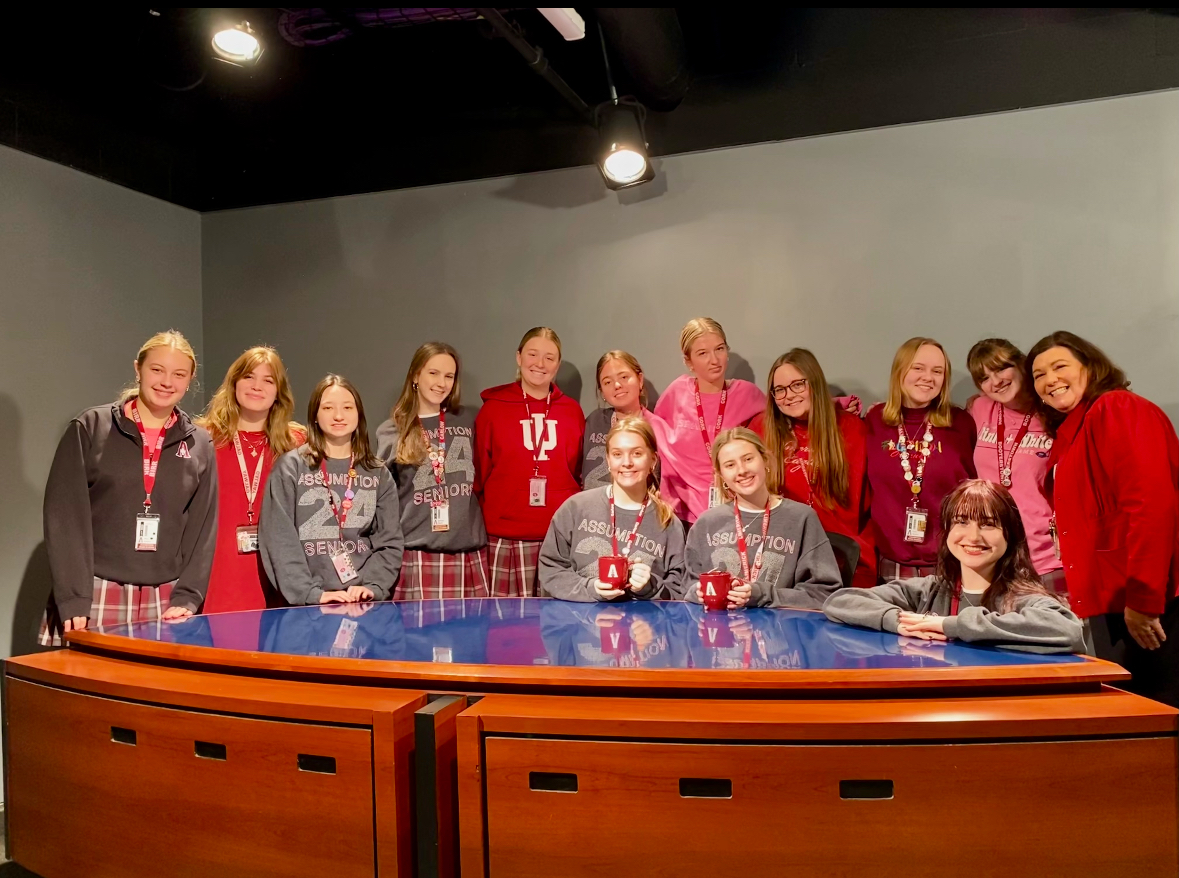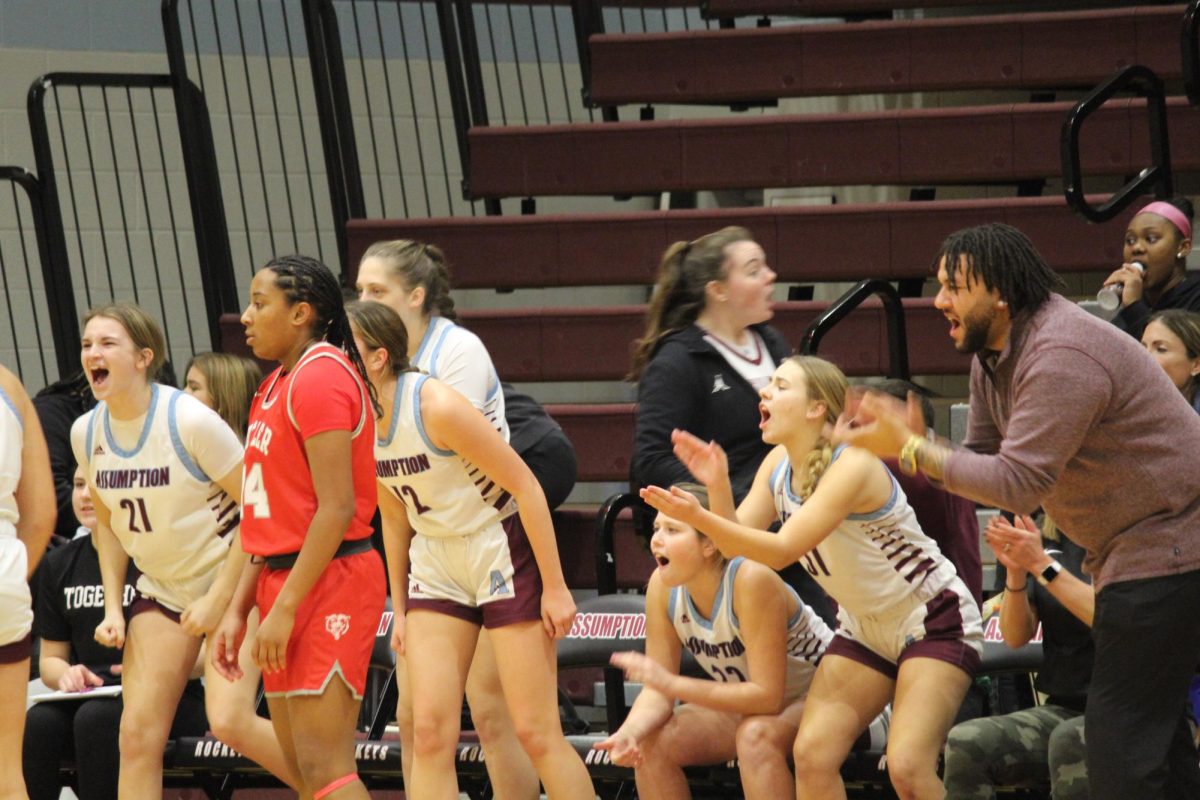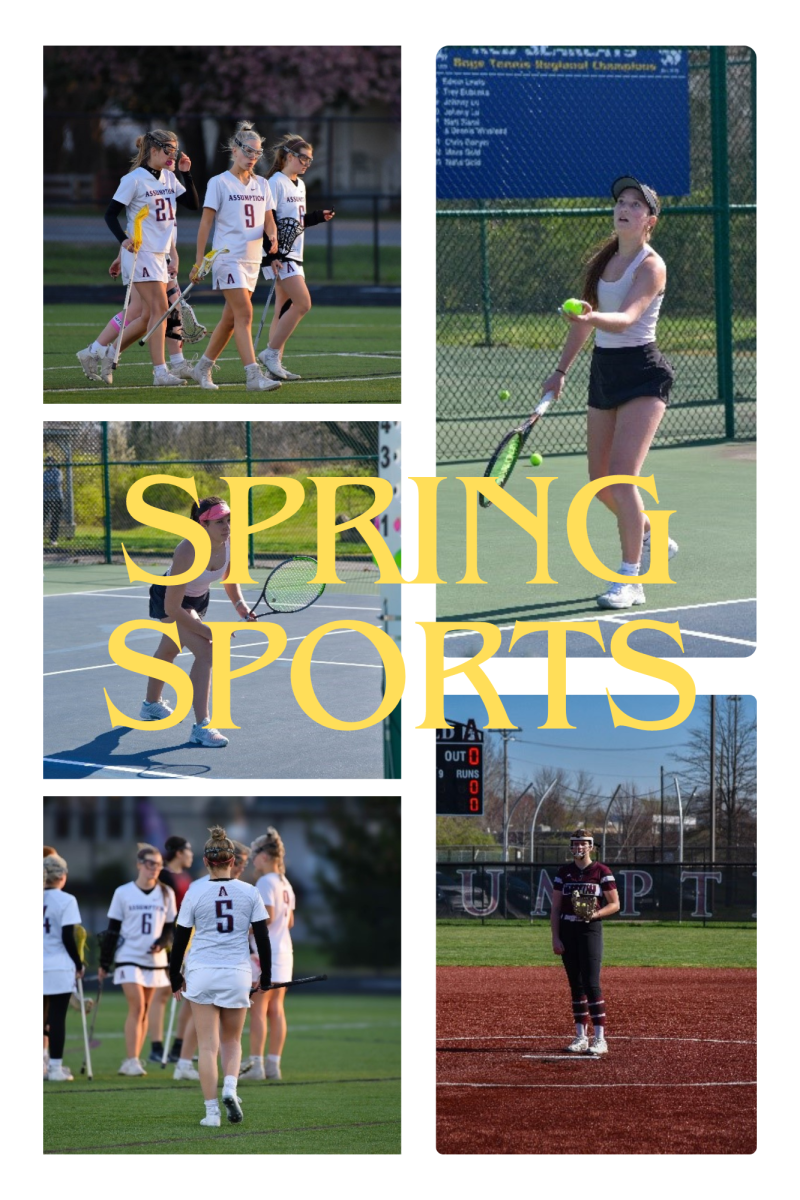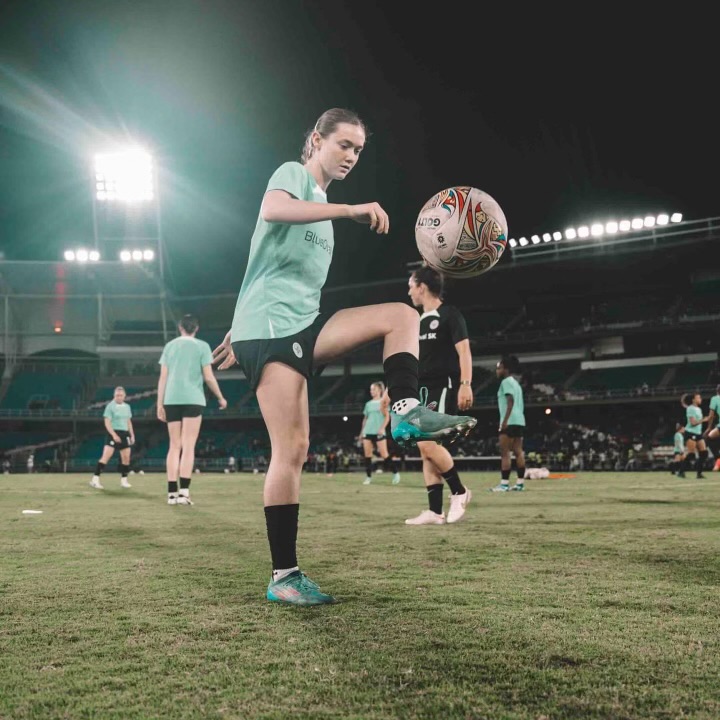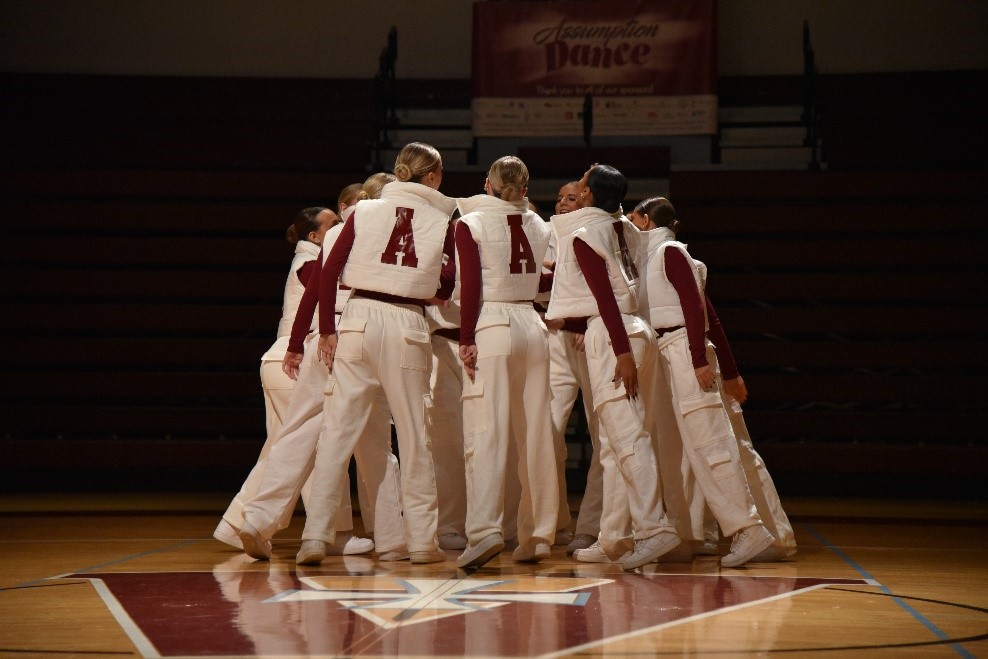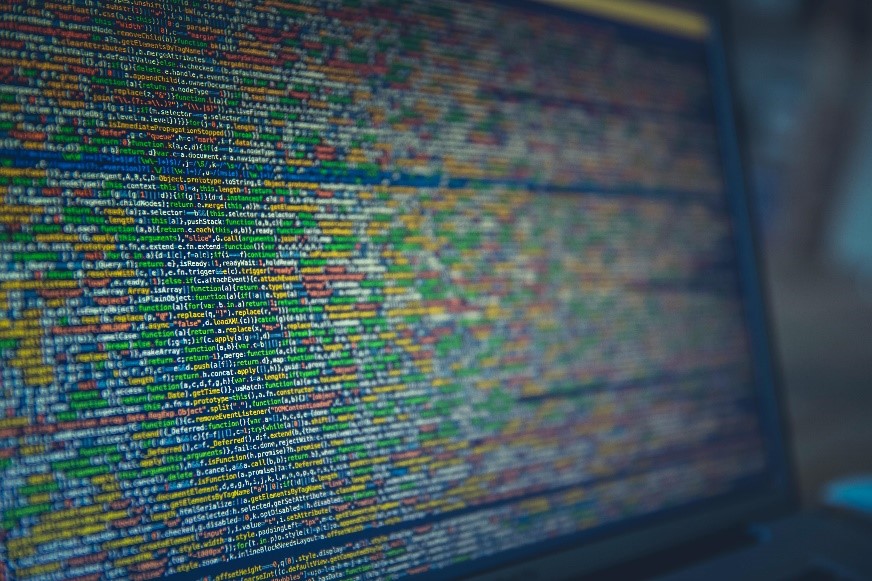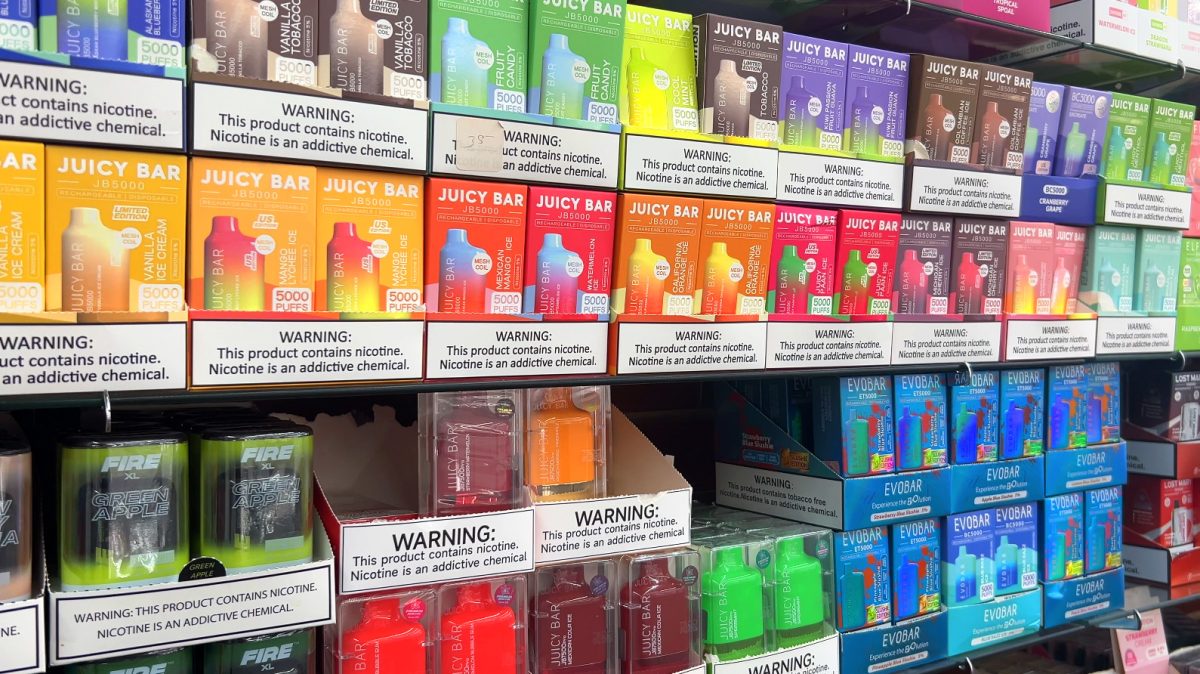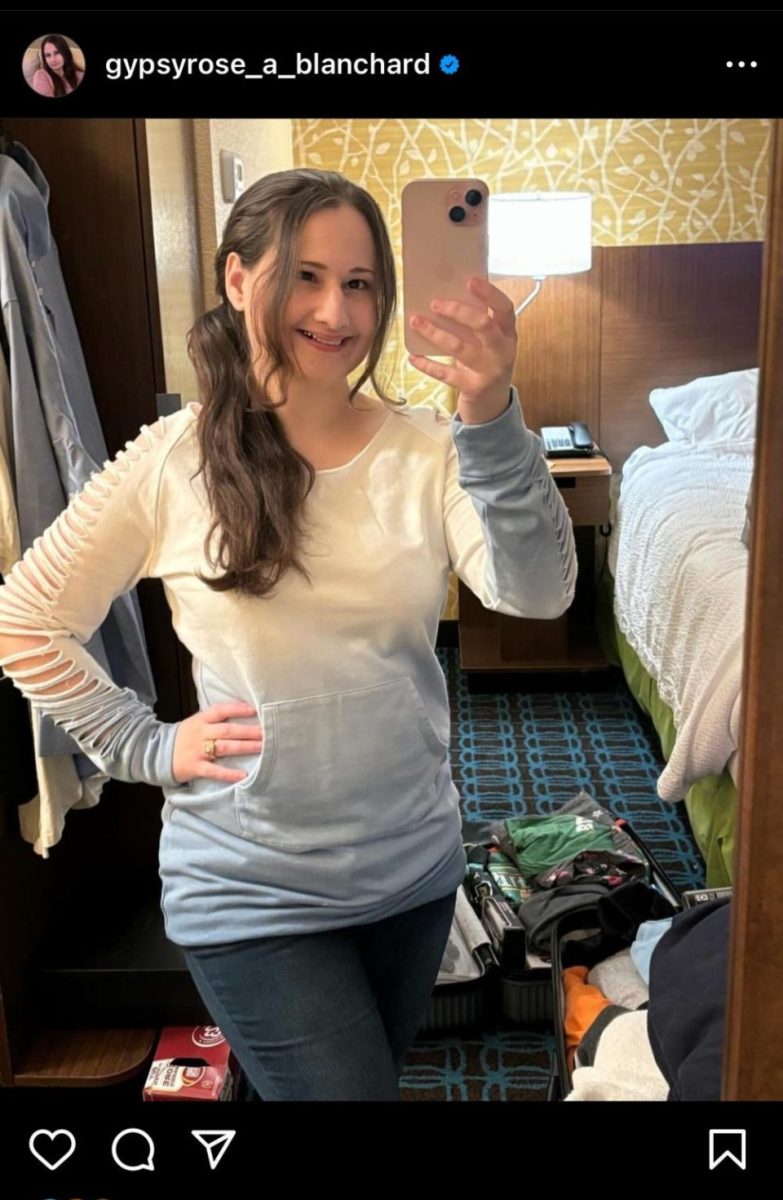Blue Raspberry, The Fruit Mutant Turned Pop Culture Icon
September 26, 2022
Blue Raspberry. Can any other two words describe a more all-American, summer type, faux fruit flavor? Since taking the world by storm in 1958, blue raspberry has cemented itself as an icon in the ICEE and hard candy world, but there’s one issue. Blue raspberry isn’t real, it’s artificial. Why is this fruit mutant so popular?
Blue raspberry was intended to make ice pops more applicable to children. Many popular flavors at the time were red (cherry, watermelon, raspberry…), and companies needed to differentiate the reds to drive up sales, thus creating blue raspberry. The bright Blue #1 FCF coloring made it stand out in comparison to the bland Red 40 competitors. Except, the raspberry flavor we’re familiar with isn’t in the blue variant. According to Spoon University, it derives from the rubus leucodermis, also known as white bark raspberries, which are not blue. In fact, blue raspberry flavoring is made up more of orange, apple, or any cheap corn-syrup filled juice than actual raspberries.
Today, blue raspberry is one of the most well-liked fruit flavors in America. Statista reported that in 2020, it ranked as 48% of the American children’s favorite flavor, right behind strawberry. I propose a theory, people only enjoy blue raspberry because of the bright color and high sugar content usually attributed to it.
For credibility, I tested this theory with a Microsoft Forms. With a control group of 13 individuals, I conducted a psychologically advanced experiment. I asked 9 hard-hitting questions about life, colors, and of course, blue raspberries.
Out of the 13, 5/8 of them said blue raspberry was their favorite flavor, but when asked on a scale from 1-10 (one being pure hatred of the flavor and ten being total adoration), the average was 8.15. Even if blue raspberry isn’t the favorite flavor, it ranked considerably high in overall standings. My theory on color being correlated to the preference was accurate, childhood experiences do have a large impact on the taste preferences later in life. Also, I talked to a very real person who agreed with all my theories, so this study is 100% legitimate.
If someone likes food dye and corn syrup, it’s their prerogative. Artificialness isn’t necessarily bad, and people prefer flavors that are nostalgic and taste good. I personally think blue raspberry would not have the cultural impact it has if it were not so strikingly colored. Humans gravitate to the unknown or peculiar, and blue raspberry fits in that box. So, the next time you’re enjoying a refreshing Blue Razz Icee on a hot summer day or sucking on a blue raspberry Jolly Rancher during a math test, just remember, a fascinating combination of rubus leucodermis, orange and apple juice, corn syrup, and Blue #1 FCF.
